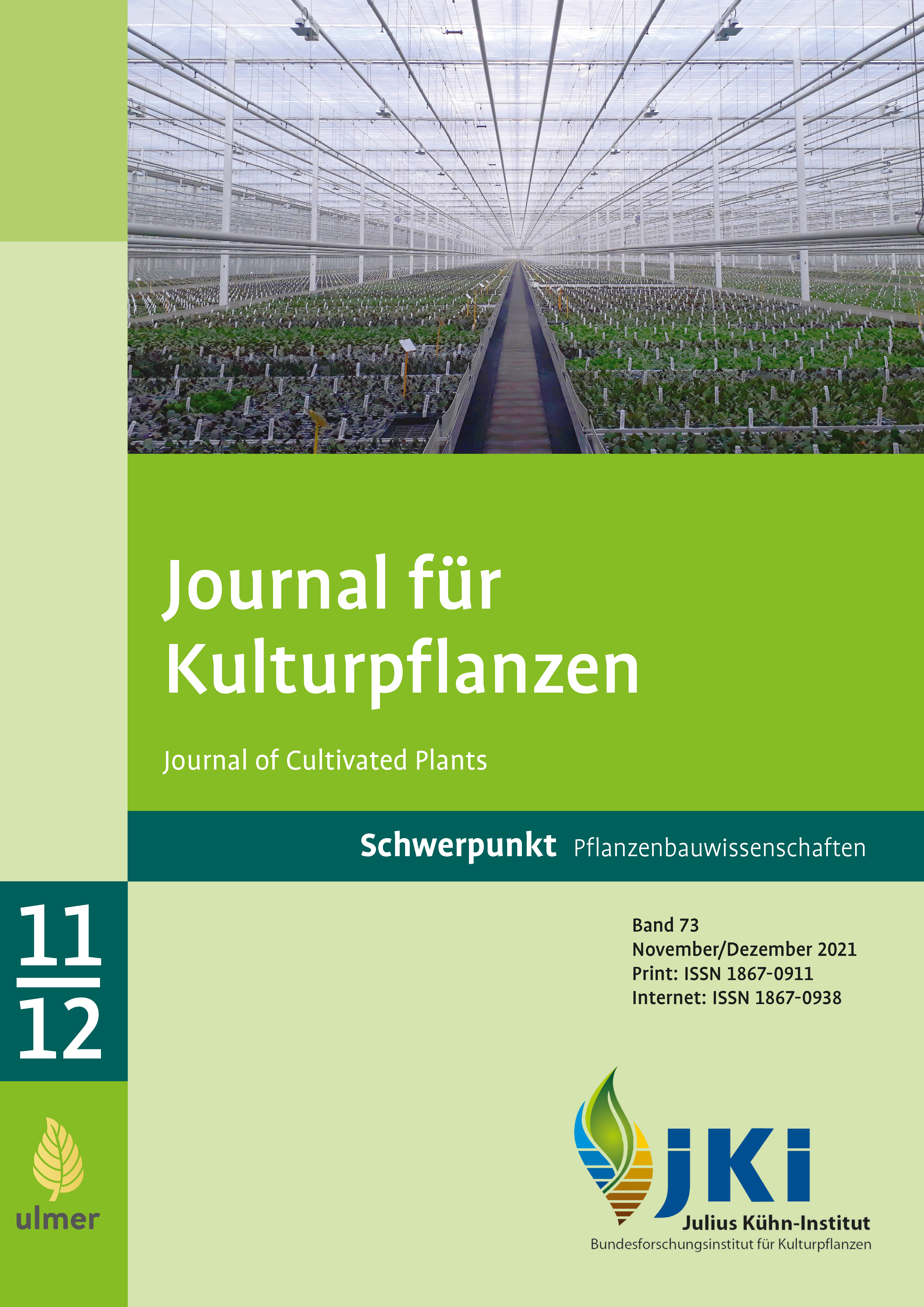Production of ornamental plants in Germany – will alternative plant protection strategies sustain production?
DOI:
https://doi.org/10.5073/JfK.2021.11-12.01Keywords:
Ornamentals production, minor uses, integrated pest management, biological control, alternative methods, registration processAbstract
Characteristic for ornamental production in Germany is the large number of different crops and production systems, as well as the high demands on ornamental value and the transportability of the products by retail markets. To meet these demands at increasing costs, farms are growing, rationalizing, and automating.
For many years, plant protection products were an important tool to produce healthy and marketable plants because zero-tolerance for pests applies to the marketing. On the other hand, the trade has for years restricted the range of available crop protection products beyond what is legal. However, classic elements of integrated crop management such as variety selection, hygiene, crop management, or technical innovations, which are described below, are reaching their limits here.Since the introduction of minor uses approvals, the number of control gaps in minor crops has remained at a high and stable level. In protected cultivation, therefore, biological plant protection with beneficial organisms has been introduced and is practiced successfully as long as selective plant protection products are available for emergencies. However, just many of these products do not survive the process of re-registration.
How can we support growers? In this review article, we discuss the current situation of ornamentals producing nurseries and the potential of digitized tools for pest monitoring and decision support for crop protection applications, as well as alternative products such as biologicals, basic substances, or biostimulants. Finally, options for action for stakeholders in production, trade, and politics to secure production are described.
Downloads
Published
Issue
Section
License
Copyright (c) 2021 Ellen Richter, Elisabeth Götte, Gabriele Hack

This work is licensed under a Creative Commons Attribution 4.0 International License.
The content of the journal is licensed under the Creative Commons Attribution 4.0 License. Any user is free to share and adapt (remix, transform, build upon) the content as long as the original publication is attributed (authors, title, year, journal, issue, pages).
The copyright of the published work remains with the authors. The authors grant the Journal of Cultivated Plants, the Julius Kühn-Institut and the OpenAgrar repository the non-exclusive right to distribute and exploit the work.







